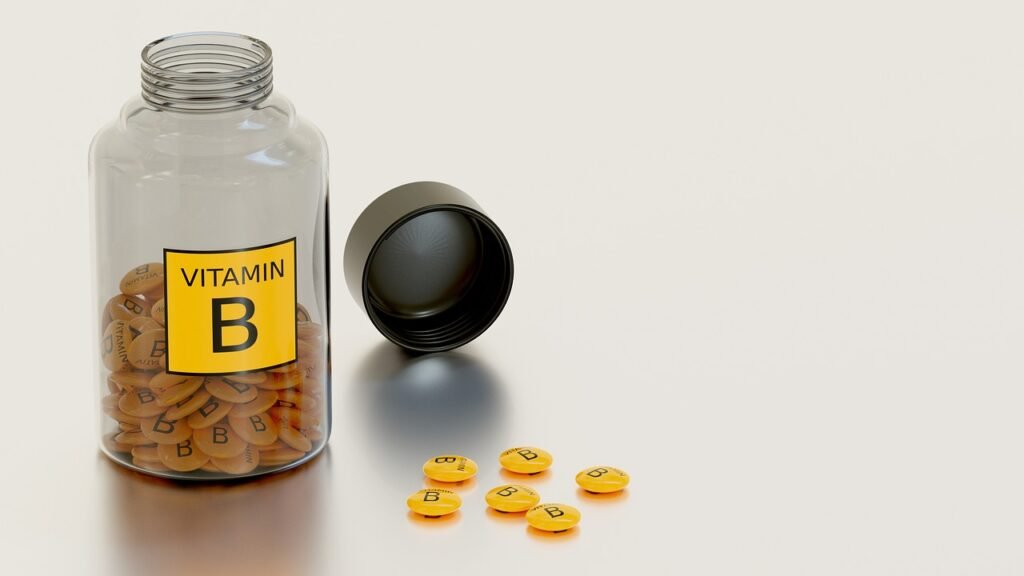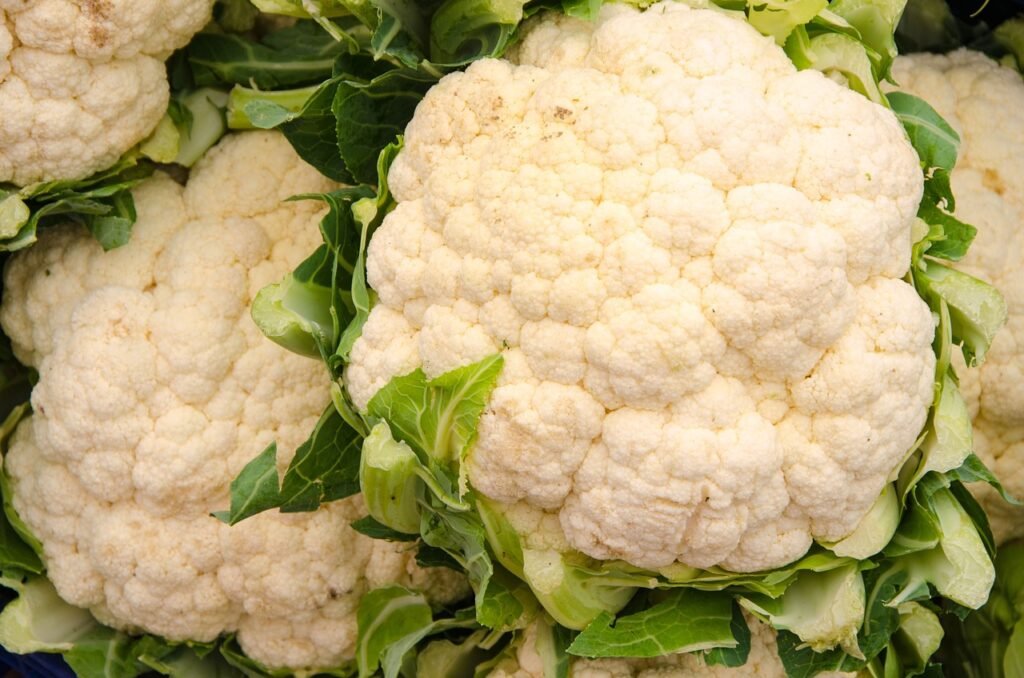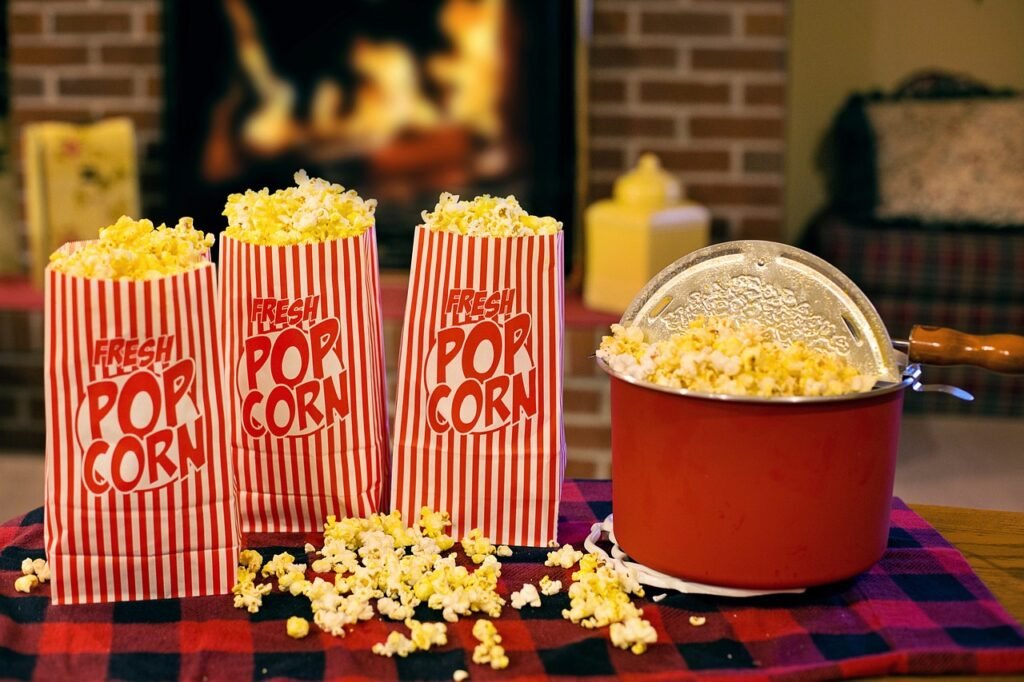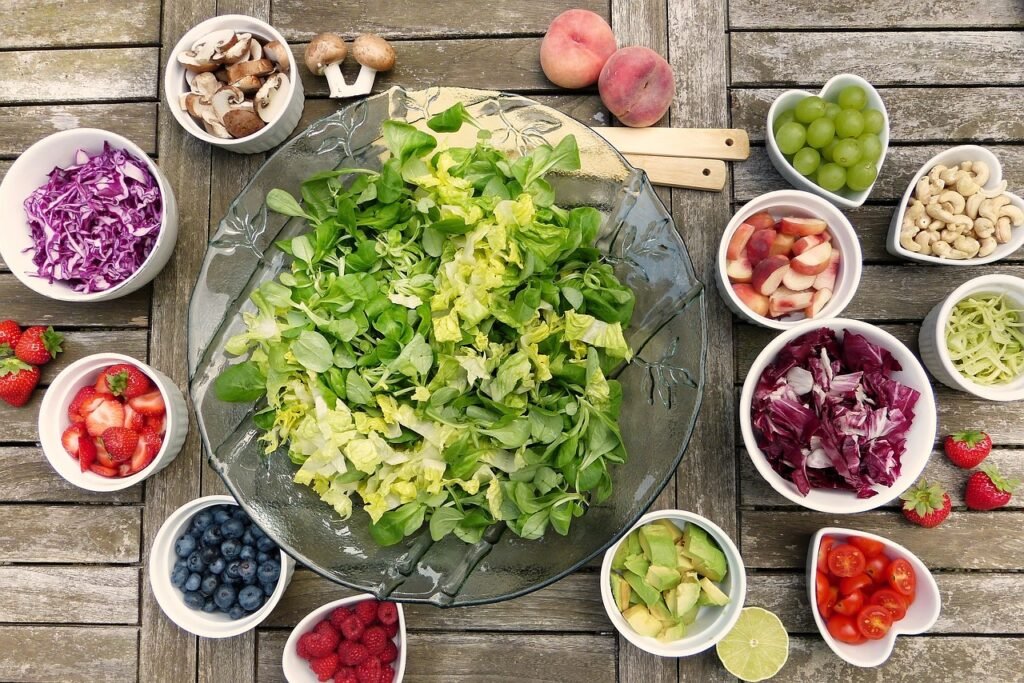
Intro
Is corn Paleo? This question often arises for those interested in following a Paleo diet. With its focus on eating like our Paleolithic ancestors, the Paleo diet raises questions about the suitability of various modern foods, including corn. However, determining the health benefits and risks of sticking to this diet long-term remains unclear, as more extensive trials with larger groups are needed to fully understand the implications. This blog post explores whether corn can fit into a Paleo lifestyle, looking at different perspectives and providing alternative options.
What is the Paleo Diet Anyway?

The Paleo diet, sometimes called the Paleolithic diet, is all about eating like our ancient ancestors.
The idea is to focus on whole, unprocessed foods that would have been available during the Paleolithic era.
That means loading up on meats, fish, fruits, veggies, nuts, and seeds while skipping grains, legumes, and dairy.
Some folks say the lack of whole grains and legumes is a downside, as these are known to be good sources of fiber, vitamins, and proteins.
its lack of whole grains and legumes, which are good sources of fiber, vitamins, and proteins.
Despite these critiques, fans of the Paleo diet argue it promotes better health by ditching processed foods and focusing on natural nutrition.
The thinking is that eating like our ancestors might help dodge modern health issues like obesity, diabetes, and heart disease. However, not everyone is convinced.
There’s some interesting research out there suggesting that our bodies have evolved to handle grains just fine.
Basically, the Paleo diet tries to turn back the nutritional clock to a time before agriculture and modern food processing.
By focusing on what early humans might have eaten, the goal is to achieve better overall health.
It’s not just about what you eat, though; it’s also about how you eat.
The emphasis is on whole foods and balanced nutrition, rather than counting calories or following complicated meal plans.
So, while the Paleo diet has its fans and critics, it definitely gets people thinking about the quality of their food and how it impacts their health.
Why Corn Might Not Be Paleo-Friendly

Corn often gets a “no-go” from those sticking to a strict Paleo diet.
The main reason? Corn is a grain, and grains are a big no-no in the Paleo world.
Unlike veggies and fruits, grains weren’t part of the caveman menu, so they’re typically off-limits.
Corn has also been through some serious genetic tweaking over the years, making it way different from anything our ancestors would have eaten.
This domestication process has altered its natural state, which goes against the Paleo focus on eating what was available in the wild.
Another point against corn is its high carbohydrate content.
While carbs aren’t bad per se, the Paleo diet leans more toward low-carb foods.
Corn’s carb count can cause blood sugar spikes, which Paleo enthusiasts try to avoid.
Plus, corn contains compounds like lectins and phytates.
These little guys can mess with nutrient absorption and cause digestive issues for some people, making corn even less Paleo-friendly.
So, while corn is a staple in many diets today, it just doesn’t fit the bill for those looking to stick closely to Paleo principles.
Nutritional Profile of Corn

Corn might not be Paleo-approved, but it does pack a punch when it comes to nutrition.
It’s a solid source of carbs, which gives you energy, and it brings some essential nutrients to the table.
We’re talking about vitamin B6, magnesium, and a good dose of antioxidants.
These nutrients play a role in keeping the body running smoothly—think energy production, muscle function, and fighting off those pesky free radicals.
But let’s get real about the not-so-Paleo-friendly side of corn.
The high carb content is a dealbreaker for some, especially those aiming for a low-carb lifestyle.
These carbs can spike blood sugar levels, which is a no-no for Paleo enthusiasts.
Then there are the compounds like lectins and phytates.
Lectins can mess with your gut lining, potentially causing inflammation or digestive discomfort.
Phytates, on the other hand, might interfere with nutrient absorption, making it harder for your body to grab all the good stuff from other foods you eat.
Corn also contains fiber, which is usually a good thing for keeping things moving in the digestive department.
However, the type of fiber in corn can be harder for some people to digest, leading to bloating or gas.
And let’s not forget that corn has been genetically modified over the years, which means it’s far from its original wild form that our Paleolithic ancestors might have encountered.
For those on the Paleo diet who are focused on whole, unprocessed foods, corn’s modified status is another strike against it.
Despite its nutrient content, it just doesn’t align with the Paleo principle of sticking to foods in their most natural state.
So, while corn has its perks, like providing important vitamins and minerals, it also comes with its share of Paleo pitfalls.
For some, the nutritional benefits might not outweigh the downsides, especially if you’re all about keeping things as close to nature as possible.
Paleo Purists vs. Paleo Moderates

Within the Paleo community, there’s a whole spectrum of how strictly folks stick to the rules.
You’ve got the Paleo purists on one end, and the Paleo moderates on the other.
The purists are all about following the diet to the letter.
If it wasn’t on the caveman menu, it’s not on theirs either.
That means no grains, no legumes, and definitely no corn.
These guys are committed to mimicking the Paleolithic diet as closely as possible, believing that this is the key to optimal health.
Then you’ve got the Paleo moderates, who are a bit more relaxed about things.
They’re not afraid to bend the rules a little if it means getting some nutritional benefits.
For example, they might occasionally include foods like corn if it fits into their overall health plan and doesn’t cause any adverse effects.
They argue that our bodies have evolved since the Paleolithic era, and incorporating some modern foods in moderation isn’t necessarily a bad thing.
There’s even some scientific backing for a more flexible approach.
This debate between purists and moderates can get pretty lively.
Purists might say that deviating from the original principles waters down the whole point of the Paleo lifestyle.
Moderates, on the other hand, might argue that a bit of flexibility makes the diet more sustainable and easier to stick to in the long run.
Interestingly, some people find a middle ground.
They stick to strict Paleo guidelines most of the time but allow for occasional “cheat” foods.
This approach can make the diet feel less restrictive while still reaping most of the health benefits.
So, whether you’re a die-hard purist or a laid-back moderate, there’s room for different interpretations within the Paleo world.
It’s all about finding what works best for you while staying true to the basic principles of the diet.
Corn Alternatives on a Paleo Diet

Miss the taste and texture of corn but wanna stay true to the Paleo diet? No worries, there are some pretty cool alternatives that fit the bill.
Let’s dive into a few that can keep you on track without feeling like you’re missing out.
Cauliflower is a rockstar substitute.
You can rice it, mash it, or even turn it into a pizza crust.
It’s got a nice crunch and takes on the flavors of whatever you’re cooking. Super versatile and totally Paleo-approved.
Zucchini is another great option.
Spiralize it to make “zoodles” for your pasta cravings or chop it up to add to stir-fries.
It’s packed with vitamins and keeps that fresh, crunchy vibe you might be missing from corn.
Broccoli might not be the first thing that comes to mind, but hear this out.
Chop it into small pieces and it can mimic the texture of corn in salads and casseroles. Plus, it’s loaded with fiber and vitamins. Win-win.
Root veggies like sweet potatoes and turnips can also step in for corn.
They’re starchy and satisfying, great for roasting or mashing. Sweet potato fries, anyone? They fit right into a Paleo meal plan and bring a little sweetness to your plate.
For those who love a good crunch, jicama is a fantastic choice.
Slice it thin for a crispy snack or add it to salads. It’s got a light, refreshing taste that pairs well with tons of dishes.
If you’re looking for something to replace corn tortillas or chips, try using lettuce leaves or collard greens.
They make great wraps and are perfect for scooping up guac or salsa. Totally Paleo and adds a nice fresh element to your meals.
Don’t forget about squash, either.
Butternut or acorn squash can be cubed and roasted, offering a slightly sweet and nutty flavor.
They’re hearty and fit right into the Paleo framework.
These alternatives keep your meals interesting and help you stay committed to the Paleo lifestyle without sacrificing flavor or texture.
Below are two more downloadable Paleo recipes without corn:
Occasional Indulgence – When It’s Okay

Sometimes sticking to a strict Paleo diet can feel like a full-time job, and let’s be real, life happens.
Whether it’s a family BBQ with corn on the cob or a holiday meal, occasionally stepping off the Paleo path might be okay for some folks.
The key is moderation and listening to your body.
Not everyone reacts the same way to foods that aren’t strictly Paleo.
If having a bit of corn now and then doesn’t upset your stomach or throw you off balance, it might be fine for you.
Just be mindful and see how your body handles it. A little corn in a mixed dish or a handful of popcorn during a movie night could be a harmless treat.
One way to manage occasional indulgences is by planning ahead.
If you know you’re going to a social event where non-Paleo foods will be front and center, prepare by sticking closely to Paleo principles in the days leading up to it.
This can help balance things out and keep you on track overall.
It’s also about context.
An occasional indulgence doesn’t mean you’re abandoning your Paleo lifestyle.
Think of it as a small detour rather than a complete change of direction.
This approach can make the diet more sustainable and enjoyable in the long run.
Plus, let’s face it, food is a big part of social and cultural experiences.
Sometimes, enjoying these moments can outweigh strict dietary rules.
Some folks find that having a “cheat” meal once in a while helps them stick to their diet better in the long term.
This could be the key to making Paleo work for you without feeling too restricted.
Of course, it’s essential to avoid making it a habit.
Too many cheats and you could lose sight of the benefits that drew you to Paleo in the first place.
Remember, everyone’s Paleo journey is different.
What works for one person might not work for another.
The goal is to find a balance that keeps you happy and healthy.
So, if an occasional ear of corn is what it takes to keep things balanced, go for it.
Just keep an eye on how you feel and adjust as needed.
Recipes – Paleo Dishes That Sidestep Corn
Craving some tasty Paleo dishes but need to dodge the corn? No problem!
Here are a few awesome recipes that fit the bill and keep things totally Paleo-approved.
First up, how about a cauliflower “rice” stir-fry? Just pulse some cauliflower florets in a food processor until they’re rice-sized, then stir-fry with your favorite veggies and proteins.
It’s super easy and gives you that satisfying rice texture without any grains.
Next, try a batch of almond flour tortillas.
Mix almond flour with eggs, water, and a pinch of salt to make a dough.
Roll it out and cook in a hot skillet for a few minutes on each side.
These tortillas are perfect for Paleo tacos or wraps, and they taste amazing!
Feeling like pasta? Go for zucchini noodles, aka “zoodles.”
Use a spiralizer to turn zucchini into noodle-like strands.
Toss them with a homemade marinara sauce or pesto for a light, refreshing, and totally grain-free meal.
For a snack or side dish, jicama fries are a game-changer.
Slice jicama into fry shapes, toss with olive oil, and bake until crispy.
They’ve got a nice crunch and are great for dipping in guac or Paleo-friendly sauces.
Sweet potato hash is another winner.
Dice sweet potatoes and cook them up with some onions, bell peppers, and your favorite spices.
It’s a hearty dish that works for breakfast, lunch, or dinner.
And don’t forget about those lettuce wraps! Swap out tortillas for large lettuce leaves and fill them with ground turkey, diced veggies, and a splash of coconut aminos.
It’s like a healthy, crunchy taco that’s perfect for a quick lunch or snack.
Butternut squash soup is a cozy, comforting option.
Just roast some butternut squash, blend it up with some broth and seasonings, and you’ve got a rich, creamy soup that’s perfect for chilly days.
Try out these recipes and keep your Paleo game strong while enjoying some tasty, corn-free dishes.
Below are two more downloadable recipes that do not include corn:
Conclusion – Making Your Own Decision

So, the big question: should corn be on your Paleo plate? Honestly, it all boils down to your personal take on the Paleo diet and how your body feels.
Hardcore Paleo folks stick to the original game plan—no grains, no legumes, and definitely no corn.
But if you’re a bit more laid-back about the rules, a little corn here and there might be okay.
Remember, it’s all about balance and listening to your body.
Some people find that their digestive system can handle the occasional corn treat without any issues.
Others might feel bloated or sluggish after indulging.
Pay attention to how you feel and adjust your diet accordingly.
Interestingly, there’s some research suggesting that the Mediterranean diet, which includes grains, has a bunch of health benefits without causing any harm the Mediterranean diet, which includes grains, has shown numerous health benefits without the risk of potentially harmful effects.
So, a bit of flexibility in your diet might not be a bad thing.
Finding what works for you is key.
Maybe you stick to strict Paleo most of the time and allow yourself a few “cheat” moments.
This approach can make the diet feel less restrictive and more sustainable in the long run.
The goal is to enjoy your food while also prioritizing your health.
In the end, there’s no one-size-fits-all answer.
The Paleo diet is about eating whole, unprocessed foods, but it’s also about feeling good and staying healthy.
Whether you’re a Paleo purist or a more flexible follower, the choice is yours.
Keep experimenting, stay informed, and do what feels right for your body.
